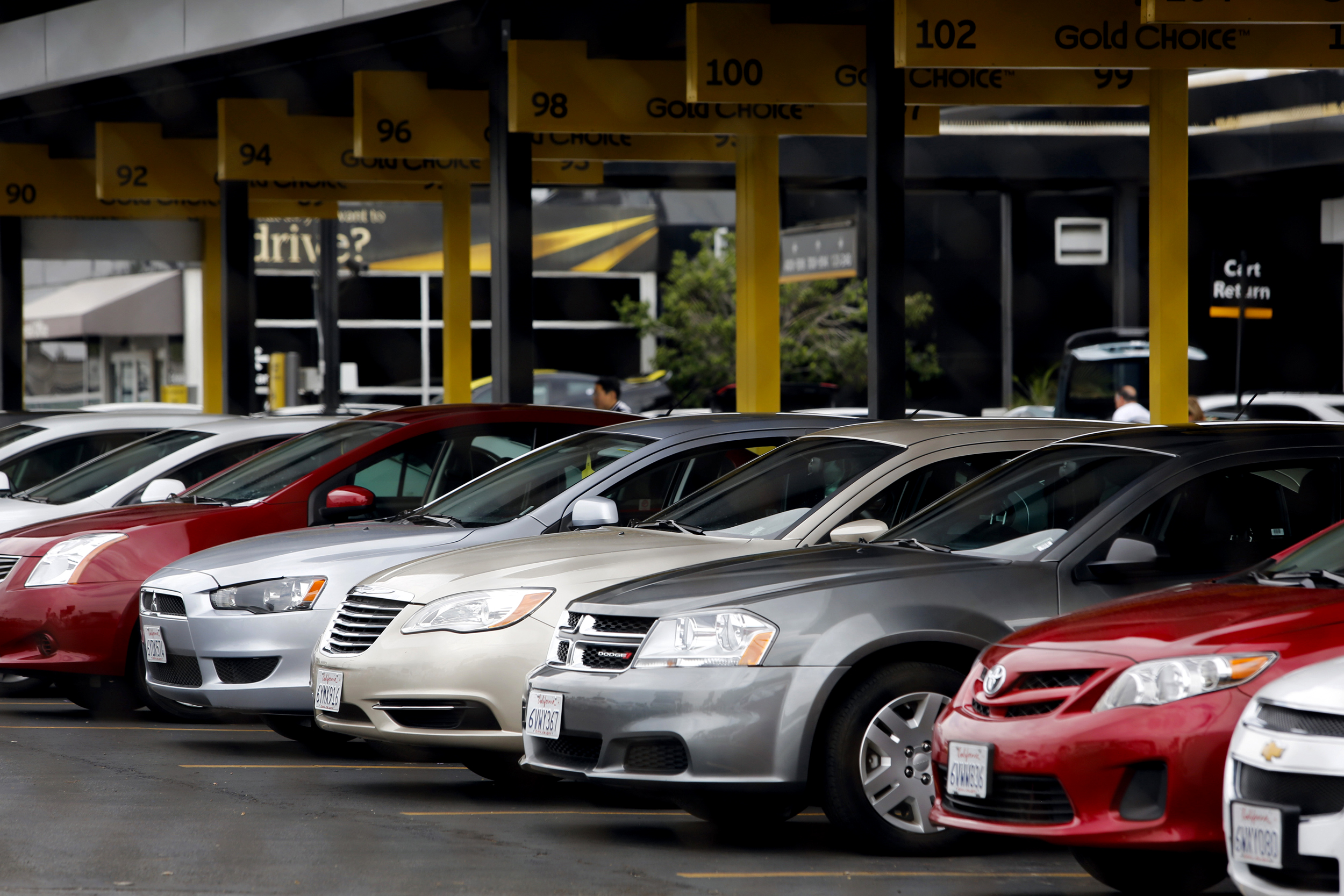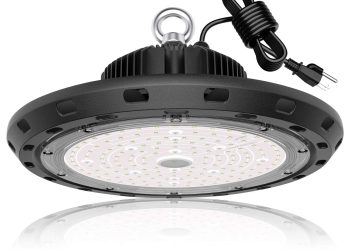As a business owner, you have a lot to juggle and consider. One area that must not be overlooked is the fleet you use day in and day out. Ensuring that your fleet and drivers are ready for an emergency is just as important as anything else you may have on your to-do list. Taking decisive action as soon as possible will give your drivers the best protection in an emergency. If vehicle and driver safety are not a high priority on your to-do list, you must change this immediately.
Get Your Vehicles/Fleet Regularly Serviced
No matter the age of your vehicles or fleet, it is important that they are serviced regularly. You may wish to get them serviced once or twice each year. Or, you may wish to get vehicles serviced at certain mileage points. Deciding when servicing will happen and enforcing it across all the vehicles you operate will ensure consistency. It will also help you maintain the safety of all vehicles as you will get ample opportunity to identify (and rectify) problems or issues.
Purchase Warning Lights
If your fleet of vehicles is regularly moving across the country, or even on the motorways, then hazard and warning lights will be required. You will find that hazards and accidents will be frequent on certain routes. There are different warning lights for certain vehicles, and you must ensure you comply with standards by getting the right light installed. For instance, you may find that each vehicle in your fleet must have an LED Amber beacon attached to it, or perhaps it must have one that should be carried inside the vehicle.
Train and inform all Drivers.
Your drivers can only do so much – especially if they have not been trained or prepared about how to respond. Within fleet and vehicle management, you must be prepared to train all staff and keep them informed of changes or developments. If you do not invest intraining drivers, and informing them of updates, you will be jeopardizing the future of your fleet. Joining drivers up with local driving associations may prove beneficial. It may help them get questions answered, and it may also help build their self-confidence, especially if they have a contact number they can use when they are out on the roads.
Have Emergency Kits in All Vehicles
Even when you have taken every precaution, you can find that accidents and emergencies still happen. For example, you could find that one of your drivers is unexpectedly caught in an accident or stuck due to poor weather and visibility. To ensure readiness for these situations, emergency kits must be added to all vehicles. Within these kits, you may wish to include emergency food, drinks and rations, contact numbers and a first aid kit (as a minimum). You can purchase ready-made kits, or you can make up your own based on what your drivers tell you they may need – they will know better than anyone what they have needed on the road.







